Smart investment across diverse asset classes and long time horizons is the most efficient way to create generational wealth and crucial buffers for the hard times. In this day and age, when rampant inflation is stripping away the purchasing power of most consumers, strategically deployed financial investments can play an important role in preserving one’s wealth and purchase capacity.
There is no better way of learning to invest smartly than by reading a compilation of quality books on the art of investing.
There are primarily two main types of investment styles: value and growth investing. Value investors try to identify stocks that are trading at a discount to their perceived intrinsic value by using financial metrics such as the Price-to-Earnings (P/E) ratio.
Adherents of this investment style believe that the market is efficient on long time horizons but that in the short term, investors can get carried away by the prevailing sentiment, creating attractive buying opportunities in the process.
On the other hand, growth investing involves buying up stocks that are expected to experience substantial revenue growth over the next few years, with valuation concerns taking secondary precedence.
The financial literature sphere is replete with quality books geared toward specific investment styles. This article lists crème de la crème of the books you should read to learn the art of smart investing, with the first five geared toward value investing, the next three dealing with growth investing, and the last two entrees tackling topics on general investment techniques.
1. The Intelligent Investor by Benjamin Graham
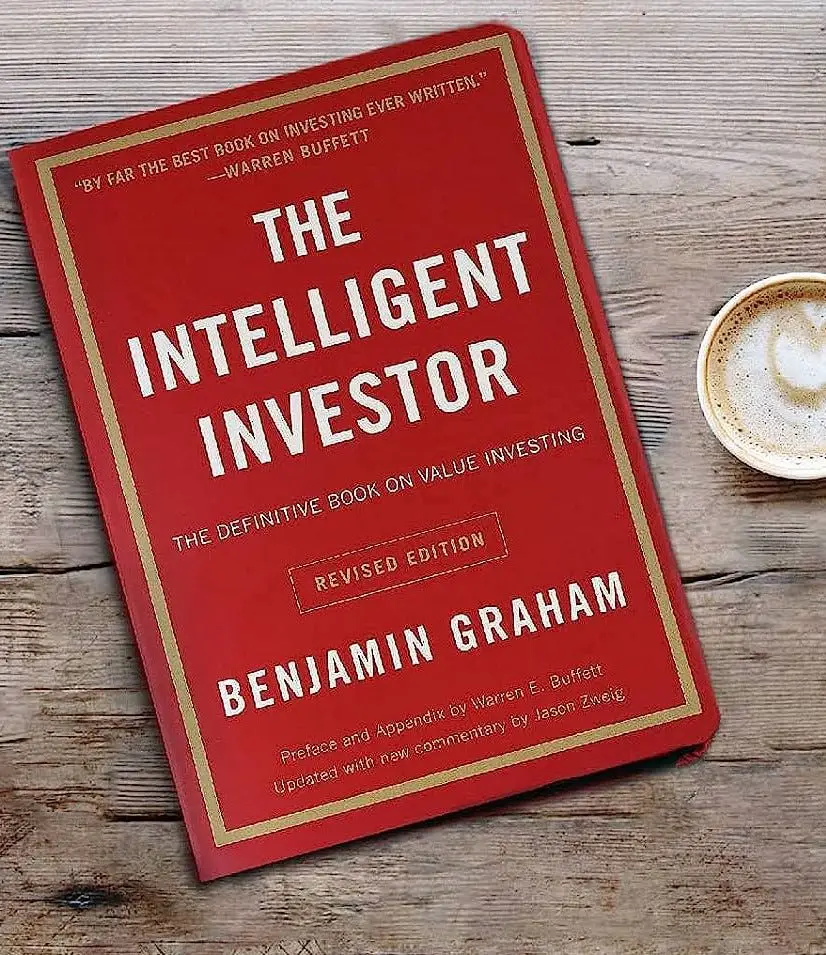
Authored by one of the most famous financial advisors of the 20th century, Benjamin Graham’s Intelligent Investor is widely considered an essential text for those new to the investing world.
The book is a manifestation of Graham’s unique philosophy that focuses on loss minimization as the fundamental toolkit for value investing. The text encourages investors to adopt a longer-term view and follow the market’s macro trends.
2. Value Investing: From Graham to Buffett and Beyond by Bruce Greenwald, Judd Kahn, Paul Sonkin, and Michael van Biema
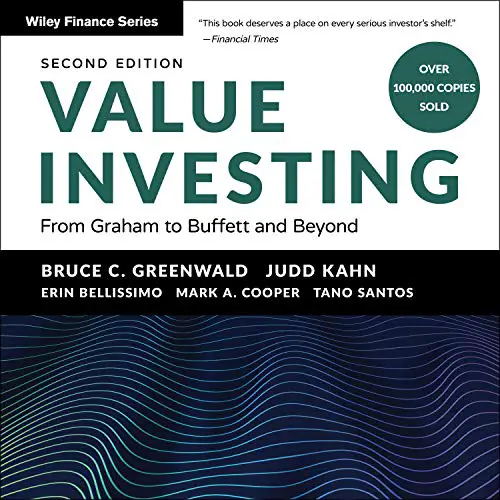
Value Investing is inarguably one of the most influential books on the art of investing to emerge in the pre-Great Financial Crisis (GFC) era.
Jointly authored by a number of financial luminaries from academia and the industry, the book is an exhaustive primer on all things related to value investing, covering general techniques and then supplementing theoretical concepts with real-world case studies.
3. Margin of Safety: Risk-Averse Value Investing Strategies for the Thoughtful Investor by Seth A. Klarman
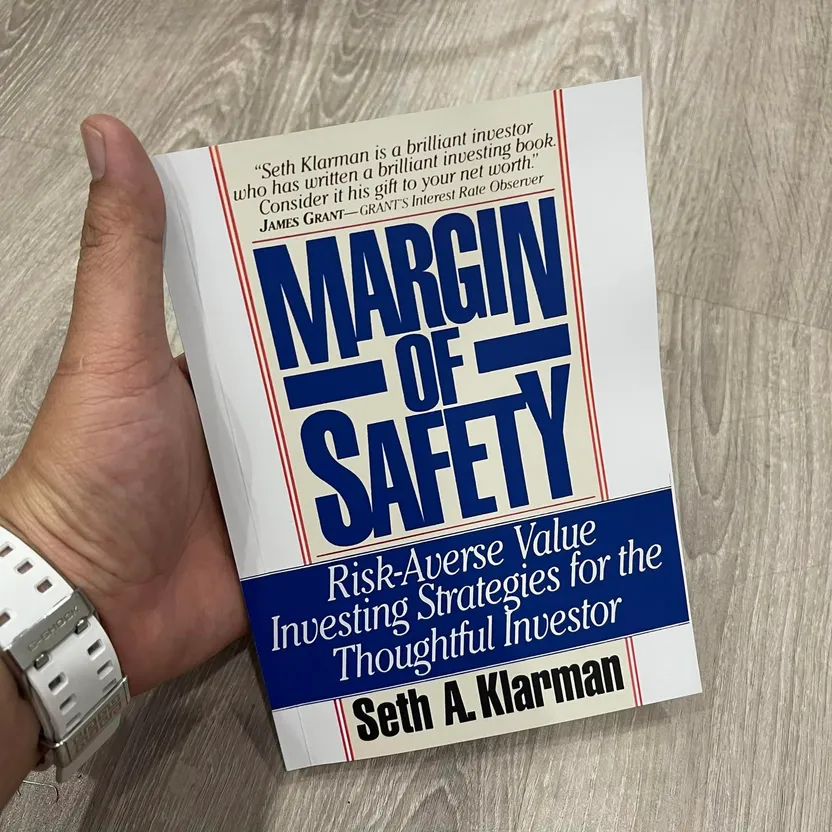
Published just a few years after the so-called Black Monday, the value investment-focused book Margin of Safety cautions investors against speculation and the herd mentality. The text exhorts its readers to focus on the free cash flow metric as the key arbiter of a company’s prospects and to rigorously evaluate the downside potential of an investment.
4. One Up On Wall Street by Peter Lynch
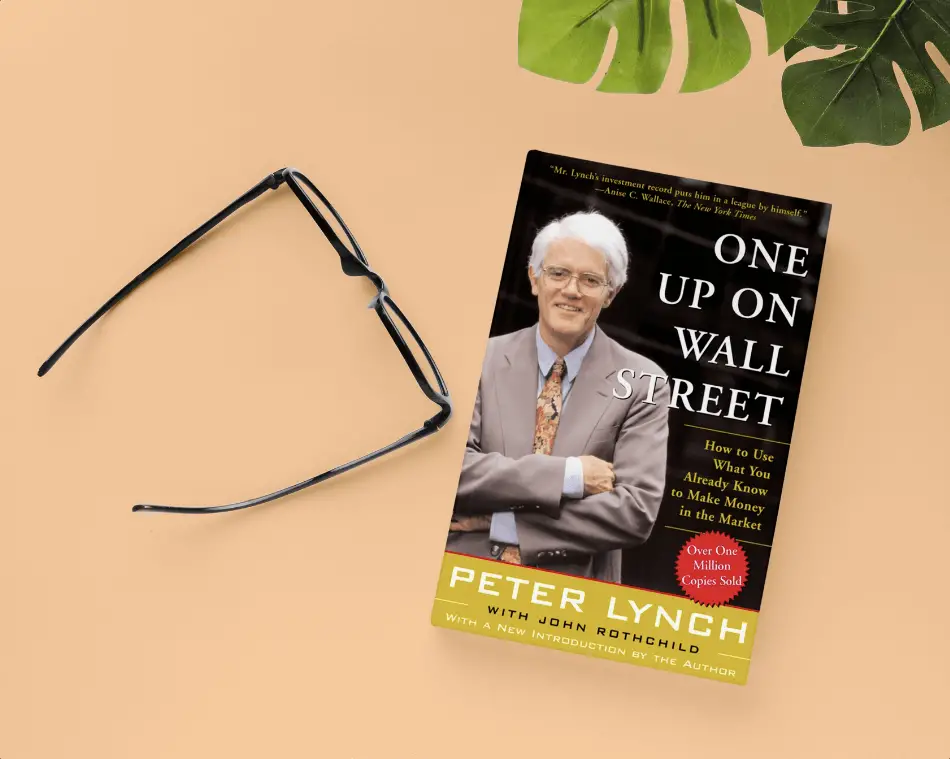
Written by the mutual fund guru Peter Lynch at the turn of the millennium, One Up On Wall Street explores the unique advantages that mom-and-pop investors supposedly retain over their industry counterparts.
This book on the art of value investing teaches investors to leverage freely available resources to gauge a company's overall health by focusing on specific financial metrics.
5. Poor Charlie's Almanack: The Wit and Wisdom of Charles T. Munger edited by Peter D. Kaufman
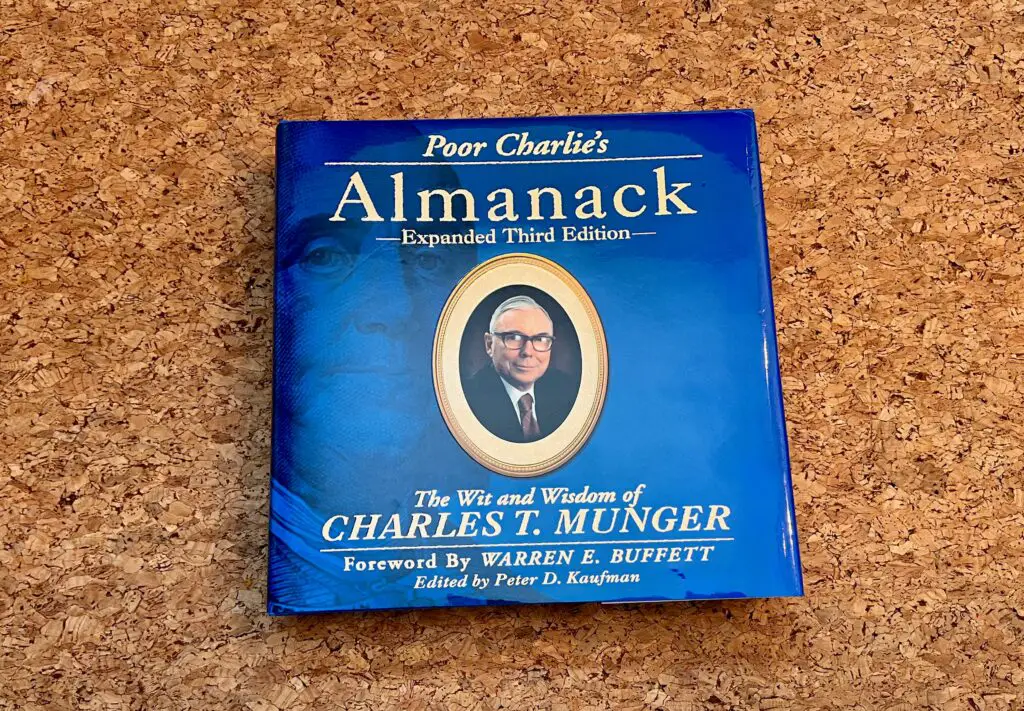
Poor Charlie’s Almanack explores the pivotal life experiences of Charles Munger, Warren Buffett’s partner at Berkshire Hathaway. Littered with the unassuming wisdom that is Munger’s hallmark, this book is an essential primer on the art of value investing.
6. How to Make Money in Stocks by William J. O'Neil
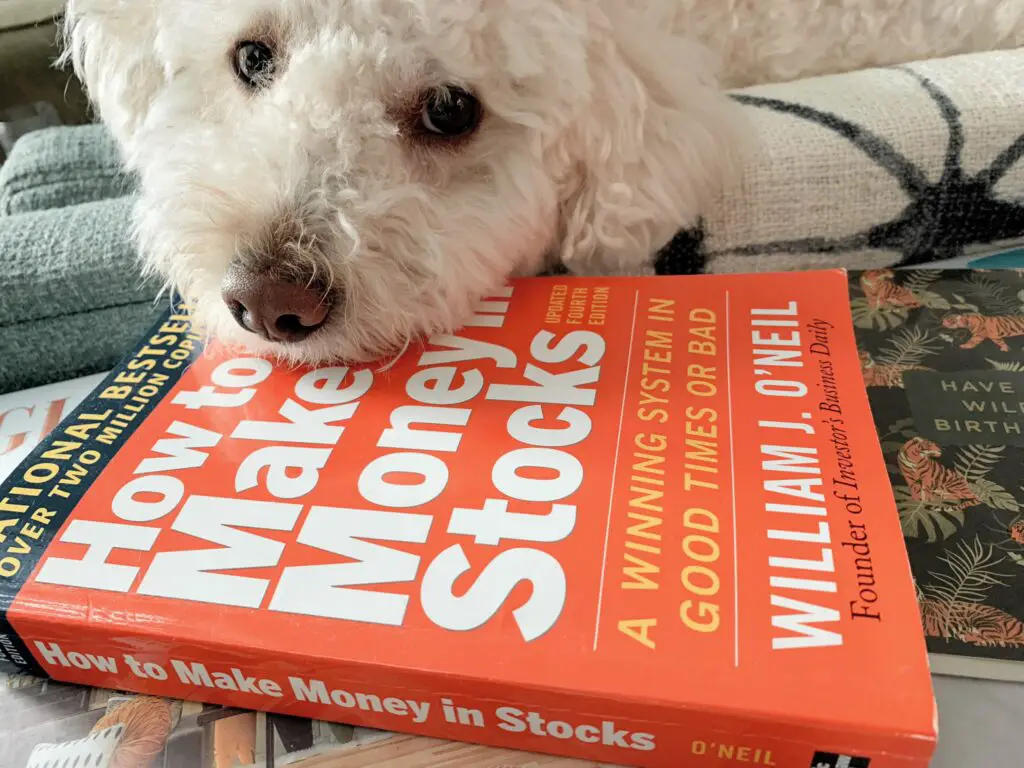
How to Make Money in Stocks was published just after the fateful events in 2008, which led to one of the deepest bear markets in modern times. Based on a lengthy market study that analyzed winning stocks from 1880 to 2009, the book is a must-have primer on growth investing strategies.
William O’Neil distills his approach into a 7-step easy-to-follow process that is meant to maximize gains and minimize losses.
7. 100 to 1 in the Stock Market by Thomas William Phelps
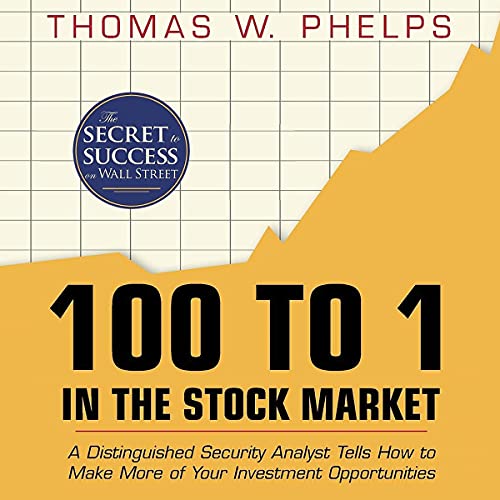
The author of 100 to 1 in the Stock Market, Thomas Phelps, makes a big claim: ordinary investors can increase their wealth a hundredfold by following the established principles of the so-called “buy-and-hold” strategy. In this book, Phelps teaches investors to identify “compounding machines” - a term he uses to describe stocks poised for extraordinary gains on longer time horizons.
8. The Guide to Growth Investing: Pick Stocks With The Industry Analysis The Pros Use by Craig Barnes
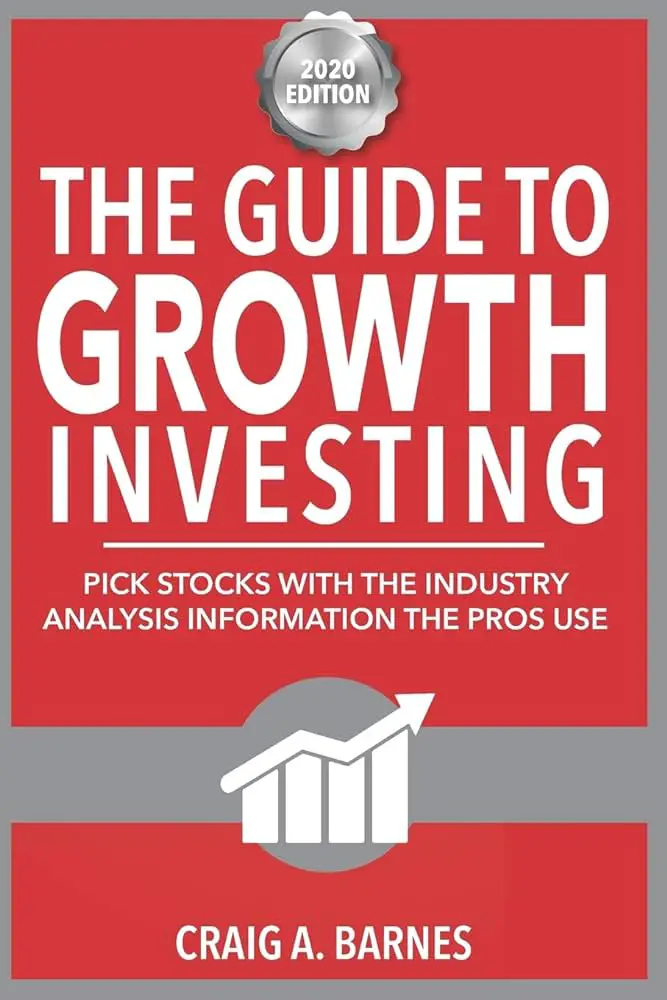
As the last entrant in our gourmet selection of top-notch books on growth-focused investment strategies, Craig Barnes’ The Guide to Growth Investing focuses on finding the industries that are expected to experience massive outperformance and then picking a select grouping of stocks that constitute major players within those industries.
This book is a veritable data repository on over 300 companies, allowing investors to identify tomorrow's winners easily.
9. The Bond King: How One Man Made a Market, Built an Empire, and Lost It All by Mary Childs
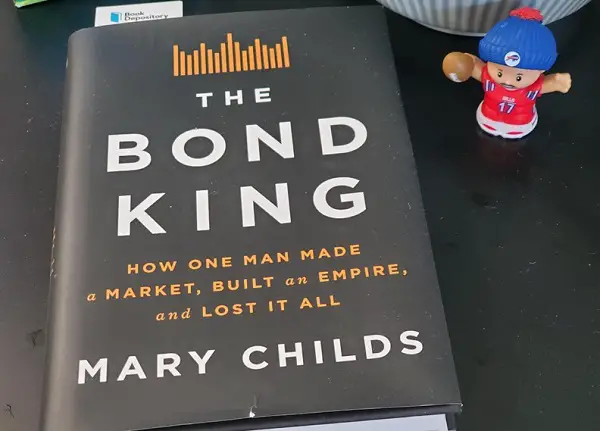
Moving away from the equity universe, Mary Childs’ The Bond King chronicles the spectacular rise of Bill Gross from penury to become the co-founder of PIMCO, one of the largest fixed-income investment companies in the world.
While Childs does not delve into the nitty-gritty of PIMCO’s trading strategies, she does provide an exhaustive play-by-play on the usually murky bond market and one of its most significant icons - Bill Gross.
10. The Only Investment Guide You’ll Ever Need by Andrew Tobias
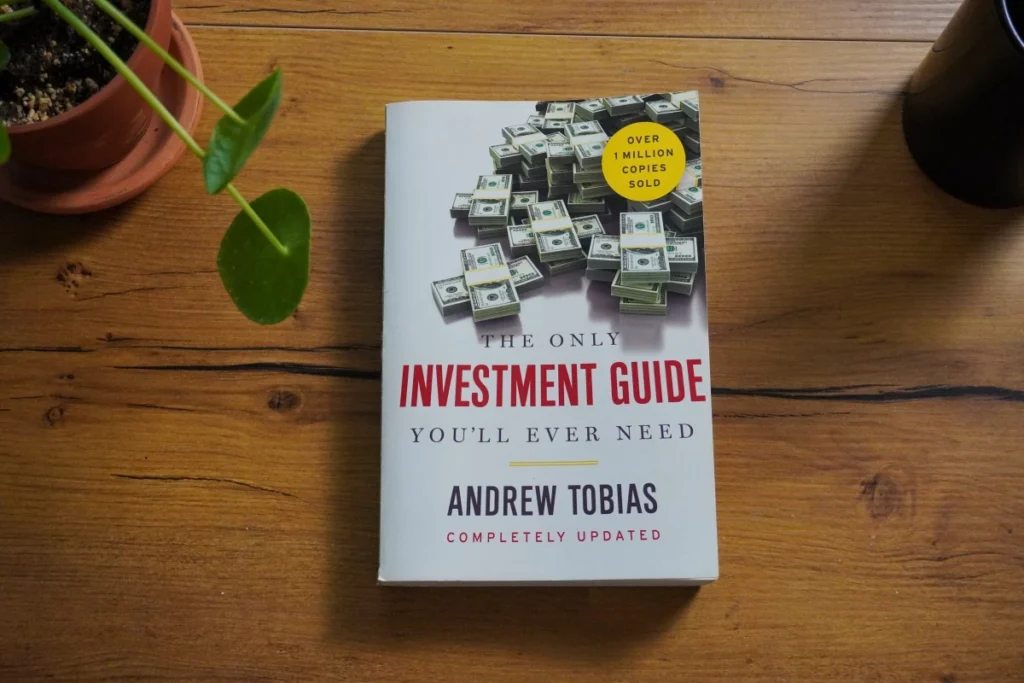
The Only Investment Guide You’ll Ever Need distills over 40 years of financial wisdom into a bite-sized book that constitutes one of the most influential books on all things related to investing.
Andrew Tobias delivers common sense advice in an easy-to-understand, witty manner that makes for an entertaining read while arming common investors with the toolkit designed to ensure optimal retirement preparation.

